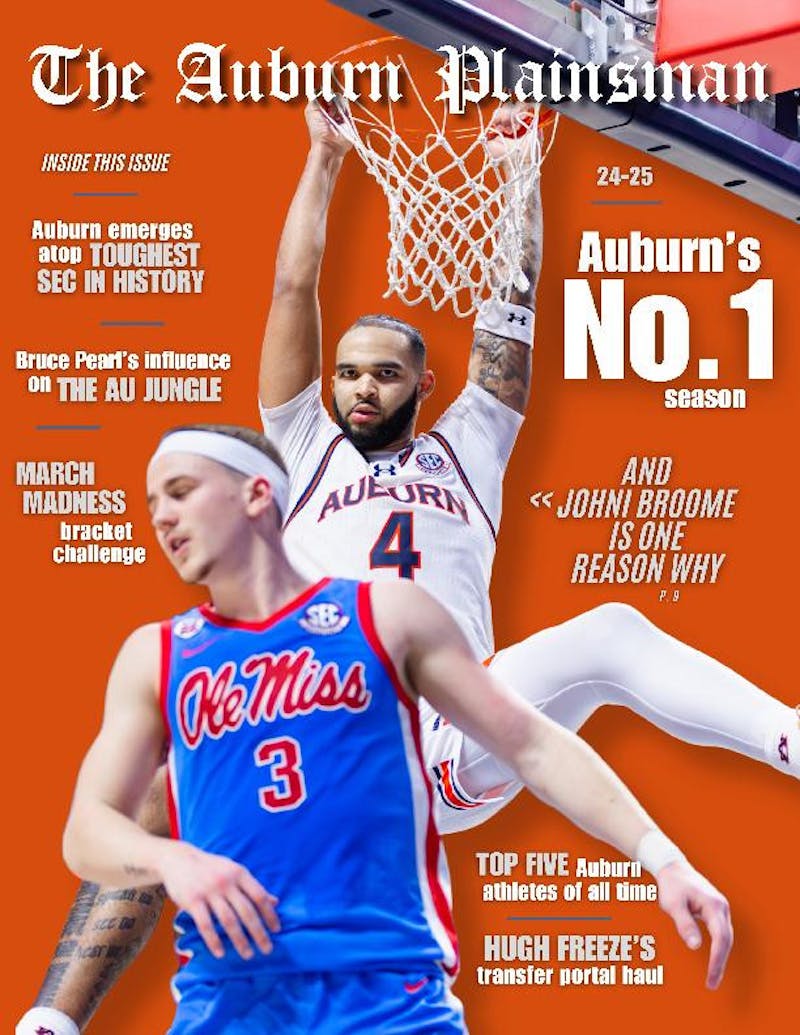In the world of modern composition, technology is no longer an add-on to music; it is a core part of how it is created, taught and performed. At Auburn University, that reality is shaping a growing program where students learn to blend artistry with innovation. Lee Johnson, professor of composition, has seen firsthand how much technology has become inseparable from the craft.
“They are completely intertwined. In my experience teaching pedagogy, we routinely employ here production and creativity,” Johnson said.
In the past, music often relied on teams of specialists to bring a score to life. Today, individuals can compose, produce and realize entire projects from a single workstation.
“Time’s past, and you have a team of persons making that music come alive,” Johnson said.
Now, with the right tools, students can handle that process themselves. Johnson sees this change as empowering. He has been part of Auburn’s faculty for more than three decades and was instrumental in shaping the university’s new degree track that bridges composition with technology.
“This is a relatively new degree for Auburn,” Johnson said. “I started here in 2020 and began the degree track called composition and technology.”
Before then, Auburn students could study composition, but the program did not fully integrate the technological side of modern music-making. Johnson explained that his teaching had long combined the two, even before the official degree track was created. For Johnson, the connection between artistry and technology is deeply personal.
“Personally, I use technology almost as an extension of myself,” Johnson said.
His approach also shapes how he teaches. He encourages students not just to write down ideas but to hear them come alive through digital platforms.
“When I teach multiple students at a time, they bring in their ideas, and we can hear the music,” Johnson said.
According to Johnson, hearing those ideas realized matters. Instead of a piece existing only on paper or in imagination, students can experience different textures and sounds right away. This exposure broadens their understanding of what’s possible in composition.
“We get to hear not just the ideas, maybe a piano-only version. We can hear the oboe play the scale rather than the bassoon,” Johnson said. “We can hear it on solid. You can hear an orchestra, a concert band.”
Auburn has invested significantly in building facilities that make this kind of work possible. Students have access to studios, recording equipment and other tools to put their ideas into practice.
However, as Johnson acknowledged, no program is free from financial limits.
“Sometimes, the limitation might be a budget, but we do have a pretty healthy amount of reachable technology,” Johnson said.
The program continues to grow, as students discover that composition today is not limited to pen, paper and traditional ensembles. The integration of technology allows them to imagine, produce and share their work in ways previous generations of composers could not.
For Johnson, the combination of creativity and technology reflects the direction the field is heading. For Auburn students, it offers a chance to prepare for careers that demand both musical vision and technical fluency.
Do you like this story? The Plainsman doesn't accept money from tuition or student fees, and we don't charge a subscription fee. But you can donate to support The Plainsman.





